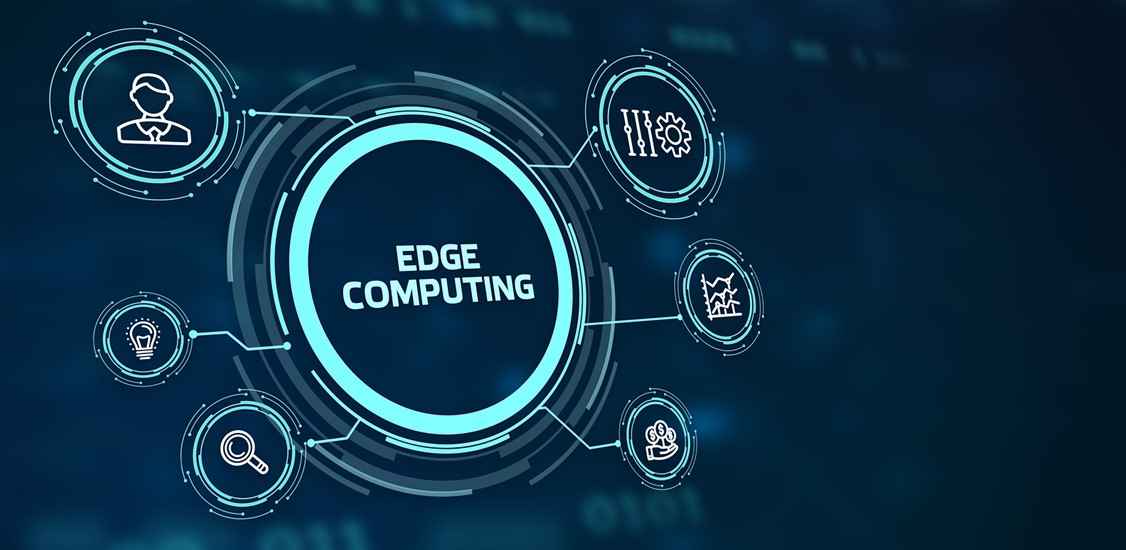Edge Computing, the discipline of getting actionable data and information as close to the source of their availability as possible, is no longer simply a talking point for massive industries. The quickly evolving landscape of information itself has dictated that edge computing become a necessity for most business’ digital infrastructure in the foreseeable future. Let’s examine some of the remarkable steps, directions, and pressing concerns likely to be faced in 2022 when it comes to the edge.
#1: The Direction Of Edge, Simply Put, Is More
Organizations within the digital business arena have significantly more considerations as each year passes. The growth in the sheer amount of usable data has been so utterly fast-tracked by the ubiquity of smart devices that the ceiling on volume doesn’t even appear to exist.
With this massive amount of data, there is a greater strain on the traditional model of doing digital business and its processes. For example, processes such as streaming information to the cloud and/or data processing centers becomes difficult when there are large amounts to stream (though I doubt neither the cloud nor data processing centers will ever become a thing of the past). The advantages of computing as closely as possible to the original source - without the proverbial middleman of cloud computing and data processing – makes edge a vital implementation for all industries. While edge computing was once considered a necessity for only elite Fortune 100 companies, it is now becoming essential for all companies, both large and small.
How quickly though? Gartner predicts edge computing will grow 75% by 2025. My own prediction would be an increase of 25% or more just in 2022 alone. That jump is linked notably to the new pandemic paradigm shift of employees working from home. That number is also inextricably related to the increase in efficiency due to access to data without third parties.
Like the aforementioned volume of data and its theoretically non-existent ceiling, the room for expansion in edge computing strikes a similar pose; major cities are quickly dubbing and even branding themselves as “smart cities” as they implement hubs and cabinets for real-time information transfer via something as commonplace as a stoplight.
In short, after all that, this isn’t a fad or a trend, it’s a modern schematic literally being built into the fabric of our everyday lives at different levels.
#2: The Fifth Generation
We’ve covered the often obvious notion of kicking out the middleman and streamlining the direction and speed of information acquisition by having it available at the closest possible point of interaction. That’s what edge is, when boiled down to its base. The increase in efficiency when data is that more readily available is sometimes the only reason interested parties outside of IT perk their ears when edge computing is mentioned.
However, there are going to be more advantages still waiting in the wings. While they have yet to fully reveal themselves, 2022 should be an exciting time to start examining these benefits and tracking their efficacy. The most significant player we have yet to see in full form is the implementation of 5G telecom networks.
As noted in Forbes, 5G will likely swing the speeds of cellular networks up to anywhere from 10 to 50 times those at which they currently operate. That increase is remarkable and incredibly prescient when thinking along the lines of edge computing. With these speeds, automated factories will be able to detect and correct errors and irregularities within a second or milliseconds, automobiles will be able to report damages almost at the exact point of their occurrence, and hospital monitors will disclose actionable data to a desk across the hospital or across the world in near-real time. Imagine any and every device in personal or professional life connected to a mobile cellular network - hundreds of billions of devices, a number growing faster than it grew the day prior - to get a glimpse of the new normal.
#3: Fewer Eggs In A Single Basket
A less often mentioned aspect, edge computing offers potential increases in reliability. If everything in a company is managed from a central location (be it a rack of servers at a corporate office or through a large set of cloud services) when a problem occurs - servers crashing, internet going down - everything stops. Edge computing lets you distribute the overall workload, traffic, control and management to the locations where you actually need it. As companies begin to realize this, the implementation of edge will expand.
One might argue that centralizing control means fewer potential points of failure, but what good does that do if that centralized control goes dark? When everything relies on data going in and out of a corporate location or cloud service to achieve all endpoints, if and when it goes offline, the entire operation is suddenly standing still.
Edge computing can keep remote locations operating independently if communication is lost with the central management location or service. Those remote locations can easily be accessed and managed individually if needed while the core services are down via VPN. 2022 will likely make this much more apparent.
#4: Security Concerns Also Grow Exponentially
Just when everything was going so well...
The introduction of this many more devices connecting with this many more hubs, cabinets, and data-gathering points in various locations is a remarkable achievement with incredibly fruitful advantages toward efficiency and specialization. However, with it, many potential entry points for threat actors are opened.
Threat actors are as knowledgeable on the directions of digital business and commerce as some of the finest minds working to prevent them. They will always turn their gaze toward anything corruptible. If edge computing increases 25% in 2022, so will the need increase for updating, patching, testing, auditing and inspecting every facet of it. Expectations will be similar for the increased need in quality staffing to manage both that and the larger eyes-on-glass security in full.
The need for asset management will also increase in 2022 as the number of devices and data points expand. Keeping track of devices, licensing and warranties will be a crucial aspect of keeping security up to date.
Because the data collection will be so decentralized, the threat assessments and detections need to mirror that: they will need to be as localized as possible to as many points of transfer as possible. That isn’t to say cybersecurity professionals will need to be exactly at the edge compute point at all times, but there will need to be teams dedicated to monitoring them, as they will with every interaction point. The sheer diligence in using updated, zero-trust security - installed, tested and then honed - on any and all transmitting devices will need to be improved significantly. The need for asset managers will also increase as the number of devices and data points expand. Keeping track of devices, licensing and warranties will be a crucial aspect of keeping security up to date. For better or worse, IT security expertise is a constant reflection of the speed technology and methodology grow, with no foreseeable ceiling.





















